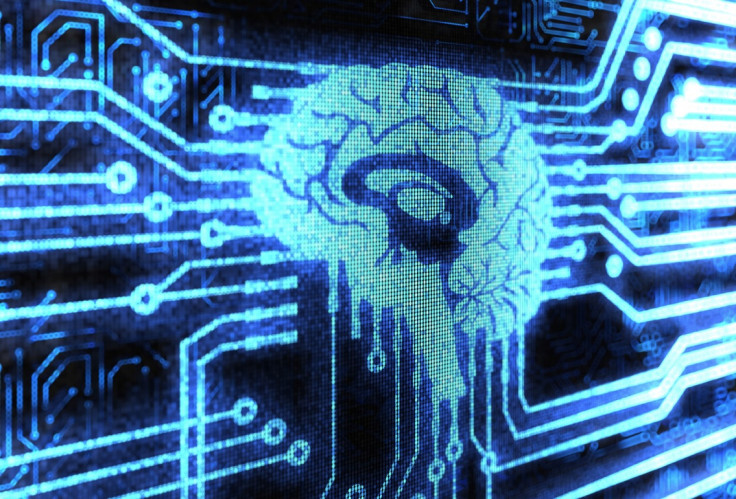Brainet: Researchers link animal brains to create 'organic computer'

An organic computer has been created by linking multiple animal brains to form a network known as a 'Brainet', new research has revealed.
Two separate studies - one using monkey brains, the other rat brains - experimented with direct brain-to-brain interfaces capable of cooperating and exchanging information in real time.
Both studies were published in the journal Nature and pave the way for the development of new types of computing devices.
"Traditionally, brain-machine interfaces (BMIs) extract motor commands from a single brain to control the movements of artificial devices, " the Compuing Arm Movements with a Monkey Brainet study states.
"[A Brainet] utilises very-large-scale brain activity from two or three non-human primates to engage in a common motor behaviour."
The network of monkey brains outperformed individual brains in controlling a virtual arm using neural signals. This mimics traditional computers, which perform faster when multiple processors are linked up together.
In the second study, the brains of four rats were connected to form a Brainet capable of classifying, storing and transferring data.
By rewarding the rats when their brain waves oscillated in unison, the researchers were able to send information sequentially through the Brainet, essentially transforming the rat's sensory cortices into silicon processors.
Scientists are already working on the possibility of linking human brains using non-invasive electrodes. Potential applications include solving scientific problems that scientists are not able to solve individually.
Miguel Nicolelis, lead author of the second study, said: "Based on these findings, we propose that Brainets could be used to investigate animal social behaviours as well as a test bed for exploring the properties and potential applications of organic computers."
© Copyright IBTimes 2024. All rights reserved.









